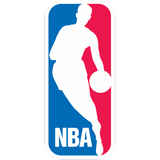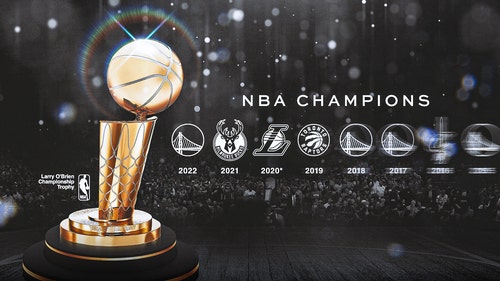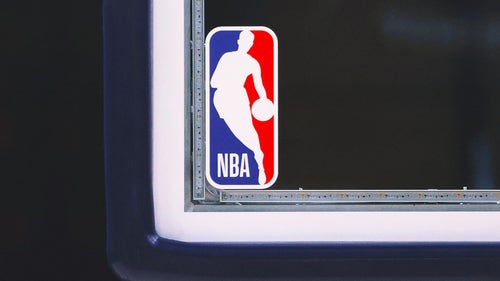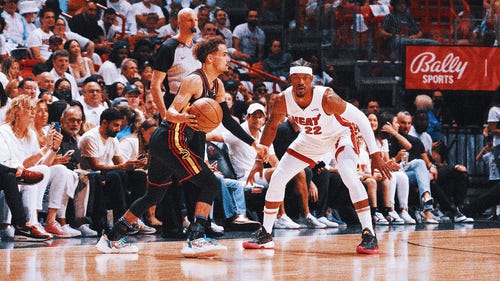
On Basketball: It's time to change the NBA draft rules
The NBA says it is seeking an answer to the one-and-done issue, and that doesn't make a whole lot of sense.
It already has an answer.
NBA Commissioner Adam Silver has acknowledged for years that the current plan - where players have to be 19 years old and a year out of high school before reaching the league - doesn't work. The NBA has talked about raising the minimum age to 20. The players have talked about lowering the minimum age to 18.
So the solution is obvious. Do both.
If a player is ready at 18, let him join the NBA.
If he wants to go to college first, make him stay there at least two years.
Everybody wins.
''Some kids think they're ready when they're really not, but still have aspirations to play professional basketball your whole life,'' said Phoenix star guard Devin Booker, a one-and-done collegian at Kentucky who doesn't seem too far away from joining the ranks of the NBA elite. ''And I don't think you should be forced to go to college.''
Thing is, that's exactly what is happening.
Most likely there are Division I underclassmen right now, with the NCAA Tournament looming, who aren't going to class anymore because by the time the spring semester grades come out they'll have left school and declared themselves eligible for the draft. They're just biding their time before they can enter the workforce of their choosing.
''Kids should be going to college because they want a college education,'' Detroit coach - and former Division I and Division III coach - Stan Van Gundy said. ''There really shouldn't be another reason that kids should be going to college and we're forcing them into this system. For one-and-dones, that means they're going to go to school for one semester and they've got to get a C in two classes to be eligible. They're not there for that.''
The rule was changed 13 years ago, in part to protect the owners from themselves.
It isn't Kwame Brown's fault that he was drafted No. 1 overall immediately out of high school in 2001 and never became an All-Star. He didn't pick himself. Washington picked him. It didn't work. That's not the system's fault. That system worked just fine for LeBron James, Kobe Bryant, Kevin Garnett, Dwight Howard, Tyson Chandler, Tracy McGrady and plenty of others.
Jonathan Bender, Darius Miles, Andrew Bynum, not so much.
The answer to this conundrum, for both the NBA and the NCAA: The G League.
Who knows how things would have worked out for those three guys - and many others, Brown included - if the G League was then what it is now. The G League, as currently constructed, is up to 26 teams. Washington will join next season, New Orleans will then likely be next, and at that point Silver should simply order Portland and Denver to be like everyone else and add a franchise.
And then the NBA will have a true development league. It won't reach its full potential until there are 30 franchises, one for each NBA club. Until then, the salaries - $25,000 or so for the majority of players, except for those on two-way deals making as much as $250,000 or so - won't be able to get where near they need to be, either.
''I think the question for the league is, in terms of their ultimate success, are we better off intersecting with them a little bit younger?'' Silver said last month at the All-Star Game. ''Are we better off bringing them into the league when they're 18 using our G League as it was designed to be as a Development League and getting them minutes on the court there?''
Put simply, that answer is yes.
It would have to be addressed in the Collective Bargaining Agreement, but the NBA Players Association would be on board so that won't be an issue.
The addition of two-way contracts this season has worked; more than 100 rookies have gotten a taste of NBA life this season, the highest total since the league's earliest days seven decades ago. If a team wants to draft an 18-year-old and he proves not to be ready for the rigors of the NBA, they can send him down to their farm team in Sioux Falls or Rio Grande or Lakeland and let him keep developing within their system.
Plus, they can pay him.
Which the NCAA can't - or won't - do. That has made the NBA's age limit an easy target for the NCAA's woes.
A federal investigation into college basketball revealed what many suspected and others knew: Plenty of recruits and players are getting paid, and the scandal the game is facing right now will likely be felt for years to come. If an 18-year-old can go to the NBA and start getting paid for his labor, that should be allowed to happen. It's not the NBA's job to clean up college basketball, and eliminating the age limit won't eliminate that problem, but it'll help at least with the optics.
It'll be good business for the NBA. The first 10 collegians taken in last year's draft were freshmen. The first 10 in this year's draft might be the same. Some of these kids are NBA-ready. Some aren't.
The NBA has used the NCAA to determine who is worth the risk. Now they don't have to totally rely on college hoops.
''The quickest way to learn how to play in this game is to play in this game, against adults,'' Miami coach Erik Spoelstra said. ''It is a different game than college.''
And that's why it's time to change the rules. Just give it a year or two.
---
More NBA basketball: https://apnews.com/tag/NBAbasketball
---
Tim Reynolds is a national basketball writer for The Associated Press. Write to him at treynolds(at)ap.org.







